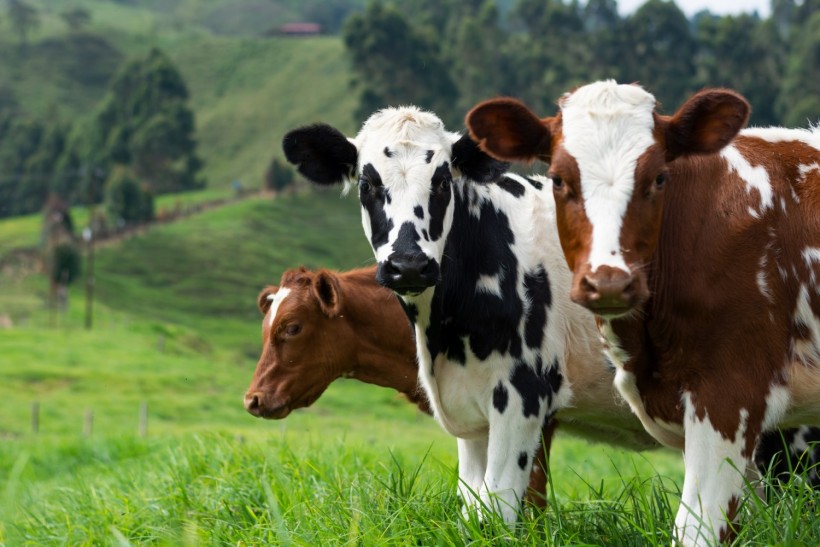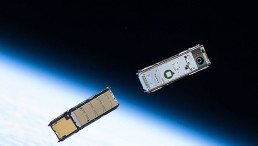Keeping track of your cattle at all times is important for various reasons. Not only does it allow you to keep an eye on their health and well-being, but it also helps you ensure that they are getting the right food and water and that they are staying safe. In this article, we will discuss seven ways in which you can track your cattle and ensure their safety. Take a look.
Use a GPS Tracker
A GPS tracker is an electronic device that uses the Global Positioning System to track the location of assets, people, or animals. In agriculture, GPS trackers are commonly used to track livestock. You can use it to fix it to a collar, harness, or another item of clothing worn by the animal. The tracker then uses GPS to determine the animal's location, which can be checked via a smartphone app or web-based interface.
The data collected by the tracker can be used to create a map of the animal's movements, allowing farmers to keep track of their cattle at all times. This information can be valuable for many purposes, including monitoring grazing patterns, tracking lost animals, and managing herd health. GPS tracking also has the potential to help you respond quickly to incidents such as theft or animal cruelty.
Fit the Cattle with an Ear Tag
EID ear tags are identifying markers that are attached to an animal's ear for the purpose of identification. They usually contain a unique identifier, such as a number or barcode, which can be used to track the animal's movements and monitor its health. In addition to visual identification, ear tags can also be used with GPS tracking and other technologies to help farmers keep track of their cattle at all times.
Install a Camera in the Barn
Installing a camera in the barn is a good way to watch your cattle when you can't be there in person. It can help you check their welfare and ensure they have enough food and water. It can also be used to monitor their health and identify any potential problems. The footage from the camera can be accessed remotely, allowing you to check on your cattle even when you're not at the farm.
Use a Weight Scale
Weight scales can be used to track the weight of individual animals or groups of animals over time. This information can monitor their health, identify problems, and assess their nutritional needs. Weight scales can be fitted with GPS tracking devices, allowing farmers to keep track of their cattle even when they're not at the farm.
Install a Water Meter
You can use the water meters to track the water consumption of individual animals or groups of animals. This information can help you assess the animals' water needs and identify potential problems.
Collect Milk Samples
Milk samples can be collected from individual cows or groups of cows and analyzed for various purposes. This information can be used to assess the health of the animals, monitor their nutrition, and identify any potential problems. Milk samples can also be used to track the progress of diseases, such as mastitis and to monitor the effectiveness of treatments.
Take Body Temperature Readings
Body temperature readings can be taken from individual animals or groups of animals. This information can be used to assess the health of the animals, identify any potential problems, and monitor their response to treatments.
Final Word
You can track your cattle at all times in many ways. By combining these methods, you can ensure that your animals are always safe and healthy.
* This is a contributed article and this content does not necessarily represent the views of sciencetimes.com














![Venus Lost Water and Dried Out Due to Chemical Reaction HCO+ Dissociative Recombination [Study]](https://1721181113.rsc.cdn77.org/data/thumbs/full/53493/258/146/50/40/venus-lost-water-and-dried-out-due-to-chemical-reaction-hco-dissociative-recombination-study.jpeg)
